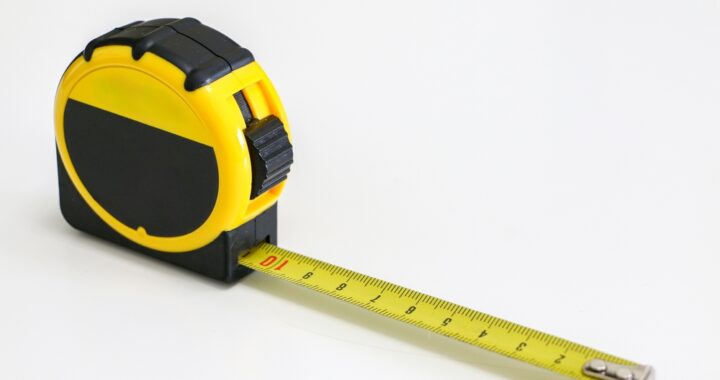Remember this: know your measure of damages in a construction defect dispute. If you don’t, as shown below, the outcome can be unforgiving. The measure of damages is one of your most important elements of proof. You are filing suit for damages; thus, knowing what you can reasonably recovery is paramount.
In a recent dispute, Bandklayder Development, LLC v. Sabga, 50 Fla.L.Weekly D91e (Fla. 3d DCA 2025), a residential developer sold a single-family house while it was under construction in an as-is purchase agreement. Post-closing, the purchasers claimed defects and served a Florida Statutes Chapter 558 notice of construction defects letter. The purchaser subsequently initiated a construction defect lawsuit. During the nonjury trial, the purchaser’s expert testified that the purchasers suffered damages approximating $323,000 calculated as of January 19, 2022 (which was the date of the expert’s report). The expert further testified that the cost to finish the incomplete/defective work increased by 35% at the date of the May 2023 trial. However, the expert never testified as to the amount of damages as of the date of the contractual breach, which at the latest, would have been in April 2018 when the notice of construction defects letter was sent (or, at its earliest, June 2017 when closing occurred). At trial, the judge entered judgment for the purchasers in the amount of about $425,0000. This was reversed on appeal with judgment to be entered in favor of the developer. Why? Because the purchasers employed the wrong measure of damages and the only thing that prevented them from introducing the right measure of damages was within their control. Harsh outcome for not applying the correct measure of damages!
To apply the correction measure of damages:
As a general rule in construction defect cases, “the measure of damages is the reasonable cost of making the performed work conform to the contract.” “The purpose of compensation is to restore the injured party to the condition which he would have been in had the contract been performed.”
It is well-established in Florida that damages for breach of a construction contract based on defective work are calculated as of the date of the breach. In 1982, the Florida Supreme Court, in Grossman Holdings Ltd. v. Hourihan, 414 So. 2d 1037 (Fla. 1982), adopted subsection 346(1)(a) of the Restatement (First) of Contracts (1932), which provides:
(1) For a breach by one who has contracted to construct a specified product, the other party can get judgment for compensatory damages for all unavoidable harm that the builder had reason to foresee when the contract was made, less such part of the contract price as has not been paid and is not still payable, determined as follows:
(a) For defective or unfinished construction he can get judgment for either
(i) the reasonable cost of construction and completion in accordance with the contract, if this is possible and does not involve unreasonable economic waste; or
(ii) the difference between the value that the product contracted for would have had and the value of the performance that has been received by the plaintiff, if construction and completion in accordance with the contract would involve unreasonable economic waste.
In doing so, the Court observed: “Subsection 346(1)(a), therefore, is designed to restore the injured party to the condition he would have been in if the contract had been performed. This aim corresponds with general Florida law. We adopt subsection 346(1)(a) as the law in Florida regarding breaches of construction contracts.”
Importantly, the Court then held:
Damages for a breach of contract should be measured as of the date of the breach. Fluctuations in value after the breach do not affect the nonbreaching party’s recovery.
See Bandklayder Development, supra (internal citations omitted).
The purchasers’ problem here, is that they failed to prove their damages or offer evidence of their damages as of the date of the breach. Otherwise, damages is based on guesswork which is a big no-no! “‘[D]amages cannot be based upon speculation or guesswork, but must have some reasonable basis in fact.’” See Bandklayder, supra. This guesswork is demonstrated by the purchaser’s expert that testified that the repair damages increased by about 35% from the date of his report to the date of the trial.
If you need help understanding your measure of damages, please consult a construction lawyer that works collaboratively with an expert. Just remember: KNOW YOUR MEASURE OF DAMAGES!
Please contact David Adelstein at dadelstein@gmail.com or (954) 361-4720 if you have questions or would like more information regarding this article. You can follow David Adelstein on Twitter @DavidAdelstein1.





 Can a
Can a  Florida has a
Florida has a 
 When there is a
When there is a 
